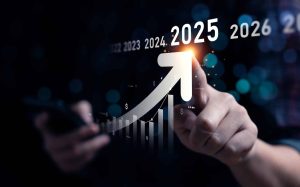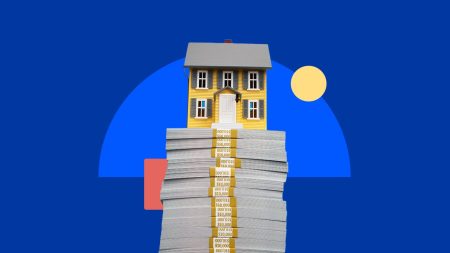You can tell it’s a particularly hot political season when economists have staked out their boundaries, wagging their fingers at unwashed consumers. The general thrust is that consumers aren’t doing a good job of listening. Inflation has been slowing and the economy is getting better. Which it is.
Economists and politicians live in a metaphorical gated neighborhood where most are doing financially well compared to the average person. They have their own languages and concerns and ways of thinking. What they don’t do is see the world as most people do, especially those who are in the middle and lower parts of the income distribution.
Even talking about inflation as a single thing is questionable. The Federal Reserve Bank of Atlanta tracks nine different measures of inflation with 12-month growth rates ranging from 2.4% to 4.9%. Which one is true? It depends on the people being affected.
One of the problems with inflation tracking — which means documenting how prices change over time — is that no two people are guaranteed to experience it the same way. It depends on where people are in their lives. Rent and homeowner equivalent rent, healthcare, childcare, higher education expenses, all tend to rise much faster than official inflation or average per-capita disposable income, which is income after taxes.
If you are paying school or medical bills, trying to manage the combined escalating apartment rents, food prices, and more, you are under the thumb of fate. This is particularly painful if you aren’t in the upper parts of the socioeconomic strata. Look at the graph below from the Atlanta Fed.
The orange line — the median — is the middle of the pack. Half of people make above and half, below. The line just above it is average wage growth. The top green line is the 75th percentile, so people making more than 75% of the population. And the bottom line is the 25th percentile, representing the 25% of people making that or less.
Even when wage growth peaked in 2022, reaching 9.1%, median wage growth was far below. That means even rising wages in the pandemic for at least half the working population, and probably more, never kept up with rising costs of living. And for those who were facing more extreme circumstances like paying for college or healthcare or rapidly rising rents, the financial pain would have felt even worse.
Also, inflation is a set of accumulating prices. As inflation slows, it doesn’t mean that prices do. For the most part, categories of spending keep all the increases they’ve seen and then add the new ones, even if they increase at a slower rate. The prices get higher and higher with incomes for most people never having really caught up.
That’s why many politicians and economists don’t seem to grasp what is going on. People are buried and they see expenses slipping further away from what they can afford. It’s why credit card debt has rebounded after the pandemic to new heights. It’s why extra savings built up when there was government aid are probably gone. And it’s likely why so many people are wondering why the experts don’t seem able to fix anything.
Read the full article here
















